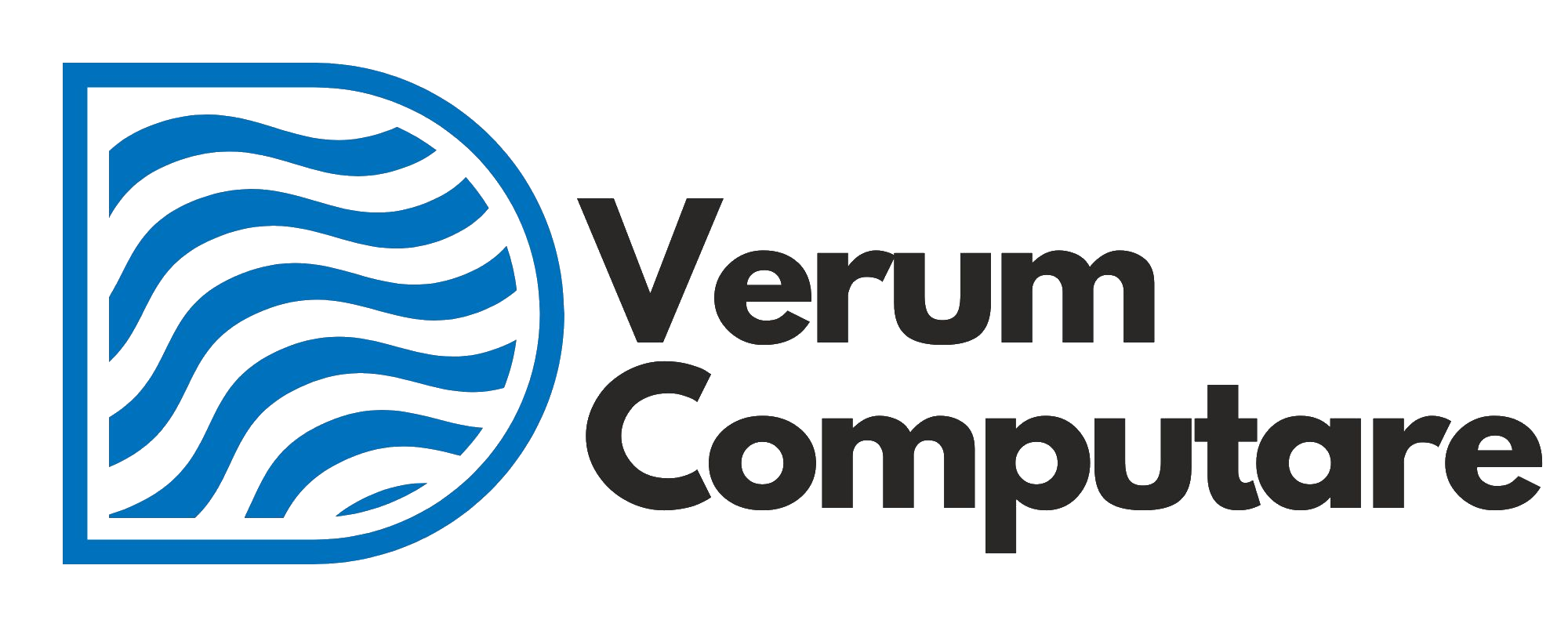Secure Computing 101: Protecting Your Devices from Data Corruption and Loss

In today’s digital landscape, ensuring the security of your devices is paramount to protecting sensitive information from corruption and loss. Adopting best practices for secure computing can significantly enhance your data protection efforts.

- Keep Software Updated: Regularly update your operating system and applications to patch vulnerabilities. Software updates often contain security fixes that help protect against emerging threats.
- Use Antivirus and Anti-malware Software: Install reputable antivirus and anti-malware programs to detect and remove malicious software. Regular scans and real-time protection can prevent infections that may lead to data loss.
- Implement Strong Passwords: Use strong, unique passwords for all accounts and devices. Consider employing a password manager to securely store and manage passwords.
- Enable Firewalls: Activate the built-in firewall on your operating system and any additional security appliances. Firewalls help monitor incoming and outgoing traffic, blocking potential threats.
- Practice Safe Browsing: Be cautious when clicking on links or downloading files from unknown sources. Avoid visiting suspicious websites to reduce the risk of malware infections.
- Regular Backups: Create a backup plan to regularly back up critical data. Use external drives or cloud-based solutions to store backups securely, ensuring you can recover data in case of corruption or loss.
- Use Encryption: Encrypt sensitive files and data to add an additional layer of protection. Encryption makes data unreadable to unauthorized users, safeguarding your information.
- Limit User Permissions: For shared devices, limit user permissions to prevent unauthorized access to sensitive data. Ensure that users only have access to the information they need for their tasks.
- Monitor Device Activity: Keep an eye on device activity and monitor for any unusual behavior that may indicate a security breach. Use security tools that provide alerts for suspicious activities.
- Educate Yourself and Others: Stay informed about the latest security threats and best practices. Share this knowledge with others to foster a culture of security awareness.

By following these secure computing practices, individuals and organizations can protect their devices from data corruption and loss. Maintaining a proactive approach to security is essential for safeguarding sensitive information.


